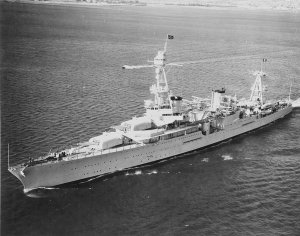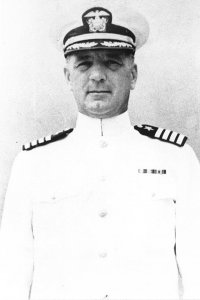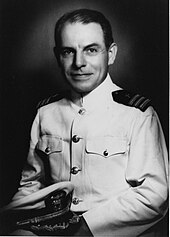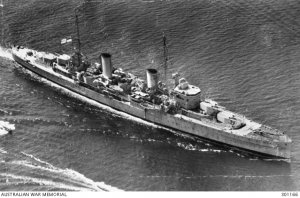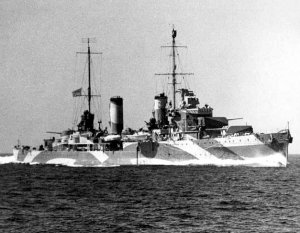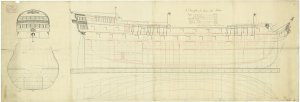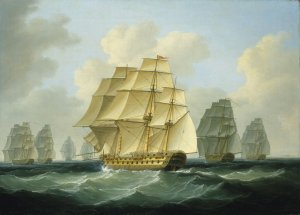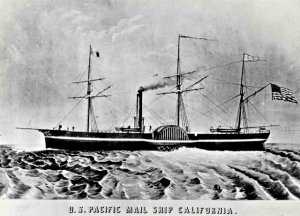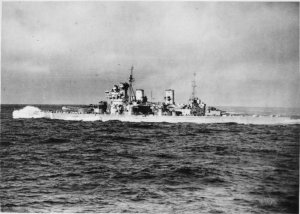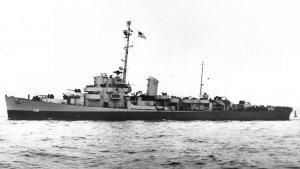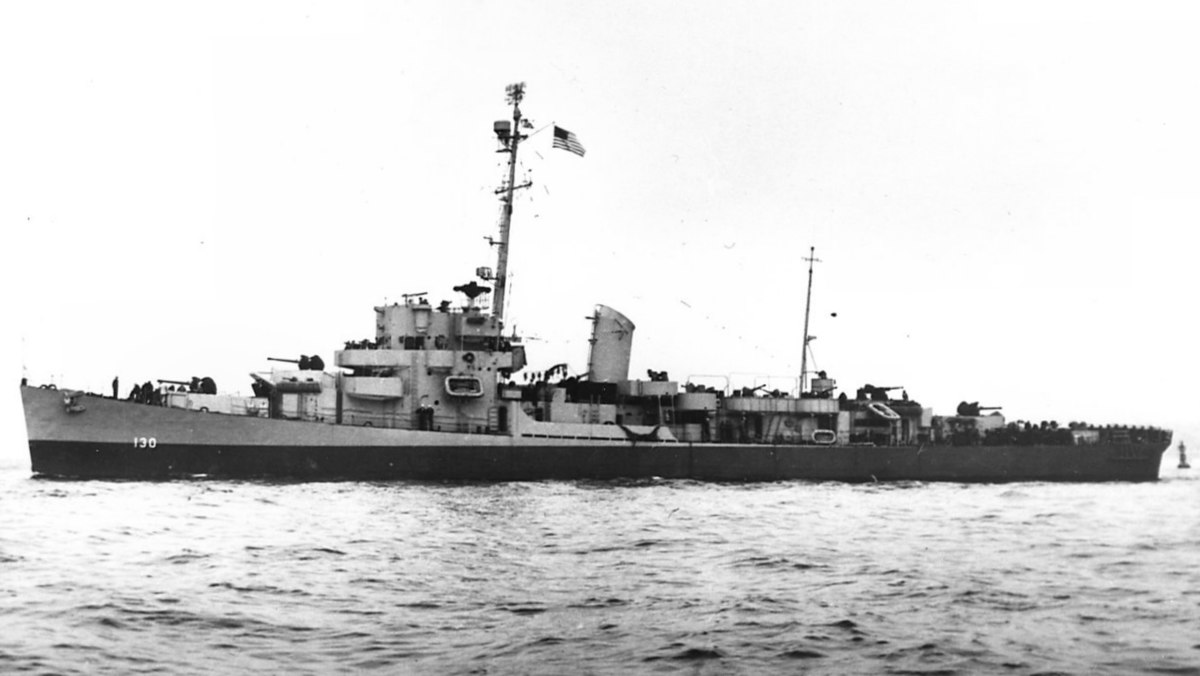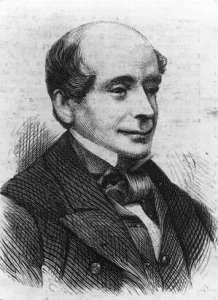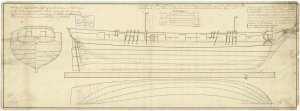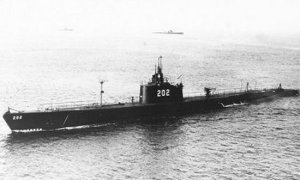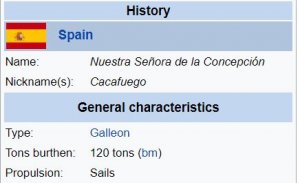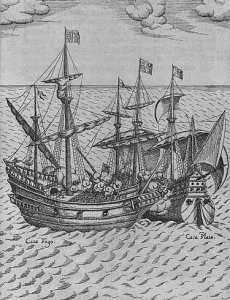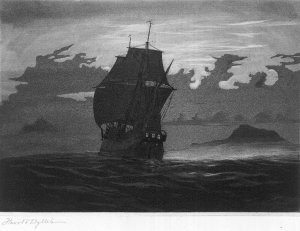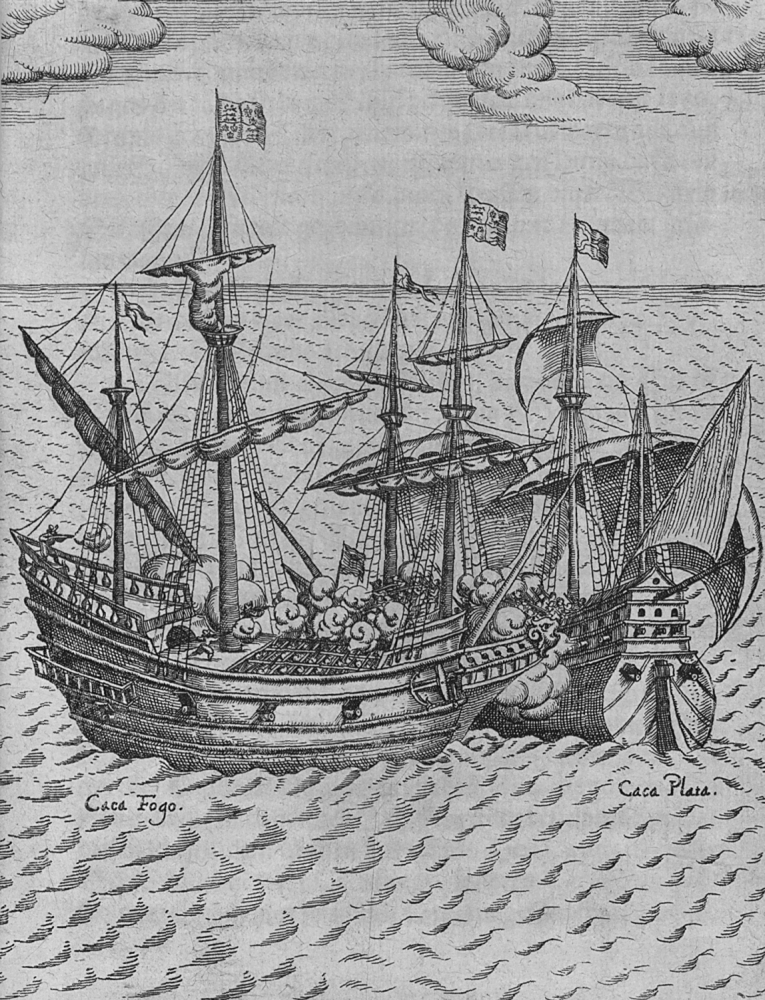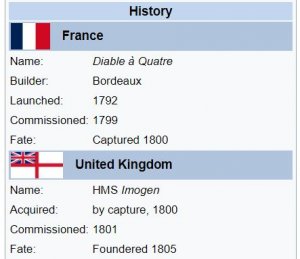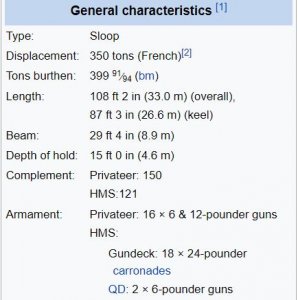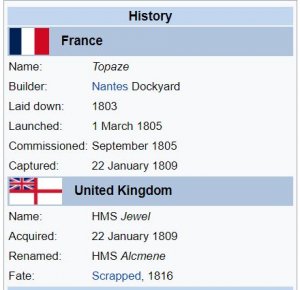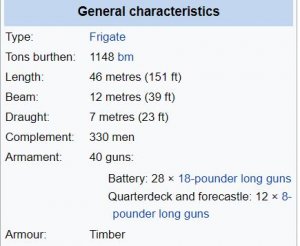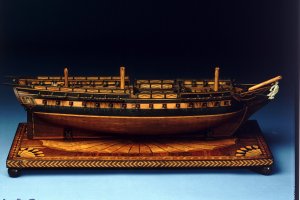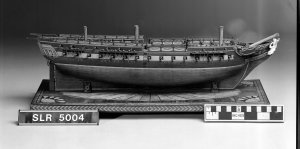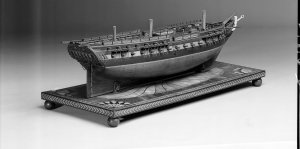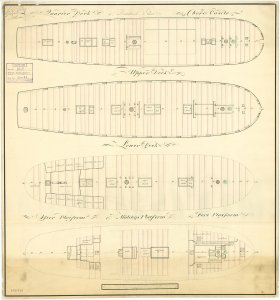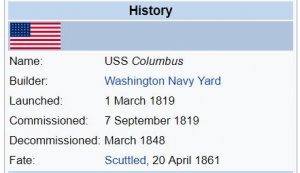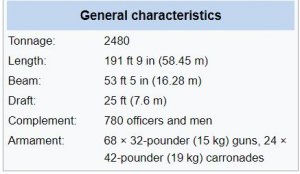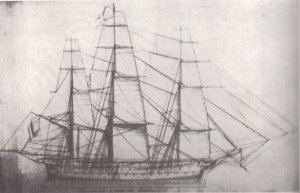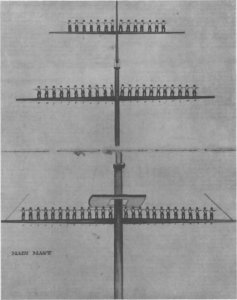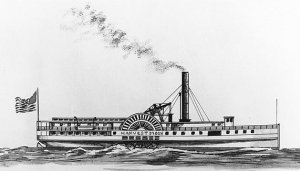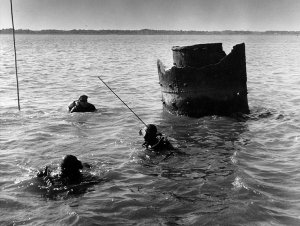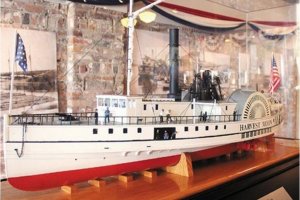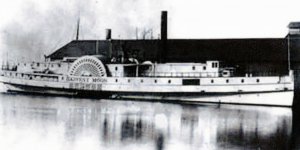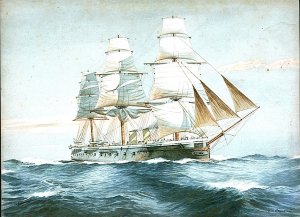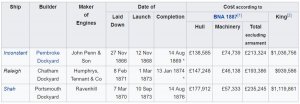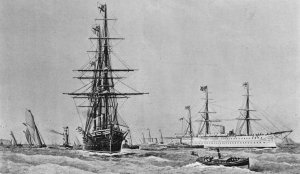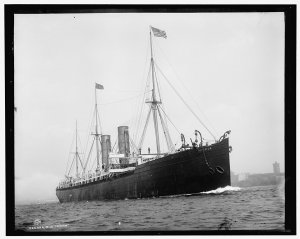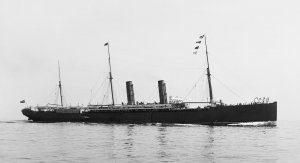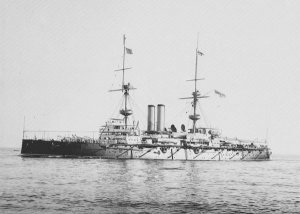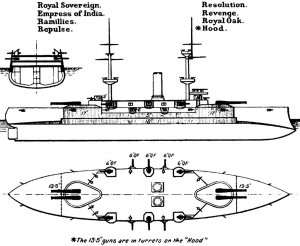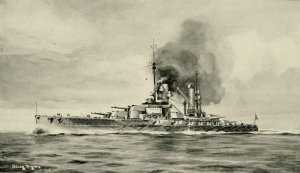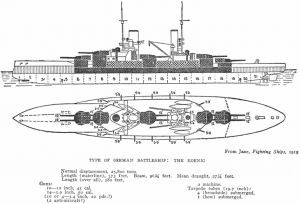Today in Naval History - Naval / Maritime Events in History
29 February 1916 - During the Action German merchant raider SMS Greif (1914) and British armed merchant cruiser RMS Alcantara (1913) sank each other northeast of Shetland.
An estimated 187 Germans perished along with 72 Britons.
The
Action of 29 February 1916 was a naval engagement fought during the
First World War between the
United Kingdom and the
German Empire.
SMS Greif a German
commerce raider, broke out into the
North Sea and
Admiral Sir John Jellicoe dispatched
Royal Navy warships to intercept the raider. Four British vessels made contact with the
Greif and in the ensuing encounter, the commerce raider and the armed merchant cruiser HMS
Alcantara were sunk.
Background
In April 1915 the
Admiralty requisitioned
Alcantara and the other "A-series" ships
Avon,
Arlanza and
Andes as
armed merchant cruisers.
Alcantara was armed with six 6 in (150 mm) guns,
anti-aircraft guns and
depth charges. On 17 April at
Liverpool she was commissioned into the
Royal Navy's 10th Cruiser Squadron as HMS
Alcantara.
Arlanza and
Andes were also commissioned into the 10th Cruiser Squadron, which joined the
Northern Patrol, part of the
Blockade of Germany. The Squadron patrolled about 200,000 square miles (520,000 km2) of the
North Sea,
Norwegian Sea and
Arctic Ocean to prevent German ships from sailing to or leaving the
North Atlantic.
Converted and renamed from the
Guben, the 4,963 long tons (5,043 t)
auxiliary cruiser SMS Greif was armed with four hidden 150 mm (5.9 in)
guns, one concealed 105 mm (4.1 in) gun and two
torpedo tubes.
Greif was crewed by about 360 officers and men and had orders to sail around the north of Iceland into the Atlantic to operate as a
commerce raider and then make for
German East Africa, if it could not return to Germany
Prelude
Greif departed its home port of
Hamburg into the North Sea on 27 February; at noon on 28 February, the Admiralty warned Jellicoe that a ship, escorted by the submarine
SM U-70 40 nautical miles (74 km; 46 mi) ahead until Lat. 59° 20' N, had left the Elbe.
[6]Admiral Sir John Jellicoe ordered two
cruisers and four destroyers from Rosyth into the
North Sea, to block the path of the ship if it sailed west and the light cruisers
HMS Comus (
Captain Alan Geoffrey Hotham),
Calliope and
Blanche with the destroyer HMS
Munster, from Scapa Flow (Scapa), to sweep the Norwegian coast in case it sailed north. Just after midnight, British wireless direction-finders identified a German ship off
Egersund on the south-west coast of Norway and the light cruisers from Scapa were ordered to search an arc radiating from Egersund.
Columbella and
Patia of the 10th Cruiser Squadron, part of the
Northern Patrol, were sent to search from the north end of the
Shetland Isles to the north-east.
The auxiliary cruiser
HMS Andes (Captain G. B. W. Young) was already there, having arrived to relieve
HMS Alcantara (
Captain Thomas Erskine Wardle), which was due to sail to Liverpool to re-coal. Wardle had arranged to meet the relief 60 nautical miles (69 mi; 110 km) east of the Shetlands and was close to the meeting-point at 08:00, when a signal arrived ordering the
Alcantara to remain, because a disguised German auxiliary cruiser was expected to sail through the patrol line that day from the south.
Action
At about 08:45 on 19 February,
Alcantara was steaming north-north-east up its patrol line, lookouts spotted smoke off the port beam and Wardle manoeuvred closer to identify the source of the smoke. Unbeknownst to them, the smoke was from SMS
Greif. A few minutes later
Andes signalled "Enemy in sight north-east 15 knots" [17 mph (27 km/h)]. Wardle ordered
Alcantara to turn north at maximum speed and soon sighted a ship with one funnel, flying Norwegian flags. Another message from
Andes described a two-funnelled ship and the identity of the ship in sight remained doubtful. A few minutes later,
Andes was seen to starboard seeming to be steaming north-east at speed, as if in pursuit. Before joining the chase, Wardle decided to examine the unknown ship and fired two blanks to force it
heave to, going to action stations. By 09:20, Wardle was signalled by
Andes that it had altered course to the south-east, which only added to the ambiguity, because the ship hove to could not be the one being pursued. The lookouts on the
Alcantara could see the Norwegian name
Rena on the stern and that the ship looked authentic.
A boat was lowered from
Alcantara when it was about 1,000 yards (910 m) astern to check the ship's particulars, as the voyage of the
Rena had been notified to the Admiralty. Wardle signalled the
Andes of developments and Young replied with "This is the suspicious ship". As the message was being read, a gun at the stern of the "
Rena" was unmasked and flaps fell down along the sides, revealing more guns. The
Greif opened fire, hitting the boat containing the boarding party and damaged
Alcantara's telemotor steering gear before the British ship could reply.
Alcantara's gunners opened fire and the ship closed with the raider as it began to move and for about fifteen minutes the ships exchanged fire and
Andesbegan to fire as it arrived and
Greif began to disappear in smoke. The German gunners ceased fire and boats full of survivors were seen pulling away from the smoke.
Alcantara was badly damaged and also ceased fire, apparently torpedoed and listing to port; Wardle ordered abandon ship and by 11:00 the list had put
Alcantara on its beam ends and it sank with 69 members of the crew.
Hotham in the
Comus, the most northern of the cruisers from Scapa, had seen the signals from
Andes and sailed south in company with the destroyer
Munster and arrived as the action ended, beginning rescue work with the crew of the
Alcantara as it sank. The
Andes had reported a submarine between it and the lifeboats and could not close and after several submarine alarms,
Comus and
Andes moved closer to the wreck of the
Greif and sank it with gunfire; about 220 men of the crew of 360 were rescued.
Aftermath
Analysis
Four British warships had encountered
Greif,
Alcantara and
Greif had been sunk and Wardle was later criticised for manoeuvring too close to the raider, before properly identifying the ship, which out-gunned the
Alcantara. The mistake cost Wardle his vessel and several casualties but he was awarded the
Distinguished Service Order and eventually reached the rank of
rear admiral. The swift end to the voyage of the
Greif led to the German Admiralty suspending commerce raiding and renewed emphasis on submarine warfare.
Order of battle
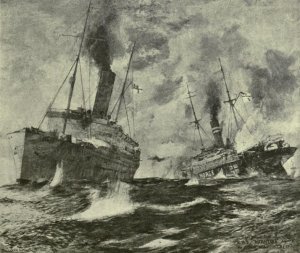
HMS
Alcantara (left) and SMS
Greif(right) duelling at close range
Royal Navy:
German Navy:
SMS Greif was a
German cargo steamship that was converted into a
merchant raider for the
Imperial German Navy.
Built as
Guben, she was a 4,962
GRT steel-
hulled ship owned by the German-Australian Line (DADG),
Hamburg. She was converted for naval service at
Kaiserliche Werft Kiel in 1915 and commissioned as
Greif on 23 January 1916. She sailed from the
Elbe port of
Cuxhaven on 27 February 1916 under the command of
Fregattenkapitän Rudolf Tietze (born 13 September 1874). The
Royal Navy had learned of
Greif's sailing and was waiting in the
North Sea.
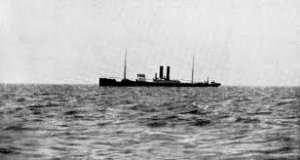 Greif
Greif was disguised as the
Norwegian Rena bound for
Tønsberg,
Norway when intercepted by the 15,620
GRT armed merchant cruiser
Alcantara on the morning of 29 February 1916.
Alcantara closed to 2000 yards and slowed to lower a boarding cutter when
Greif hoisted the German battle ensign, increased speed, and opened fire.
Alcantara returned fire with her six 6-inch (150 mm) guns and two 3-pounders. Range was never more than 3000 yards.
Alcantara was hit by a torpedo amidships on her port side, and one of
Alcantaras shells exploded the ready ammunition for
Greifs after gun. Both ships lost speed.
Greifs crew abandoned ship 40 minutes after opening fire.
Alcantara sank first. The
C-class light cruiser Comus and
M-class destroyer Munster then arrived to sink the stationary
Greif[4] and rescue 120 German survivors. An estimated 187 Germans perished along with 72 Britons.
SS Alcantara was an
ocean liner that went into service just weeks before the start of
World War I, was converted to an
armed merchant cruiser in 1915, and was sunk in combat with the German armed merchant cruiser
SMS Greif in 1916.
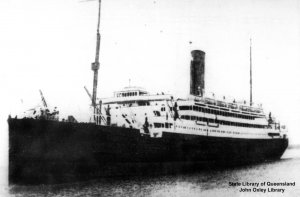 Ocean liner
Harland and Wolff
Ocean liner
Harland and Wolff in
Govan built
Alcantara for the
Royal Mail Steam Packet Company. She was one of the later members of RMSP's "A-series" of liners, which had begun with
RMS Aragon launched in 1905. In common with all of the last four "A-series" ships,
Alcantara had three
screws. A pair of four-cylinder
triple-expansion steam engines drove her
port and starboard screws, and a
Parsons low-pressure
steam turbine drove her middle screw.
Alcantara was launched on 30 October 1913 and made her
maiden voyage in June 1914 on RMSP's route from
Southampton to
Rio de Janeiro,
Montevideo and
Buenos Aires.
Technically any ship while carrying
Royal Mail could use the
prefix RMS (Royal Mail Ship); in practice this prefix, rather than
SS or
MS, was always used for RMSP (and later RML) vessels.
HMS Alcantara
In April 1915 the
Admiralty requisitioned
Alcantara and her "A-series" sisters
Avon,
Arlanza and
Andes to be armed merchant cruisers. She was armed with six 6 in (150 mm) guns,
anti-aircraft guns and
depth charges. On 17 April at
Liverpool she was commissioned into the
Royal Navy's 10th Cruiser Squadron as HMS
Alcantara.
Arlanza and
Andes were also commissioned into the 10th Cruiser Squadron, which joined the
Northern Patrol that was part of the First World War
Allied naval blockade of the Central Powers. The Squadron patrolled about 200,000 square miles (520,000 km2) of the
North Sea,
Norwegian Sea and
Arctic Ocean to prevent German access to or from the
North Atlantic.
German submarine attacks on ships voyaging to and from
Archangelsk created a suspicion that the
Imperial German Navy had established a submarine base somewhere in the Arctic. In the summer of 1915
Alcantara was sent to
Jan Mayen Island to investigate. She arrived on 3 July and sent a landing party ashore. It found no evidence of enemy activity; only the remains of the
Austro-Hungarian North Pole Expedition base built in 1882 and three
Arctic fox cubs, which for a short time were taken aboard as pets.
https://en.wikipedia.org/wiki/Action_of_29_February_1916
https://en.wikipedia.org/wiki/SMS_Greif_(1914)

en.wikipedia.org
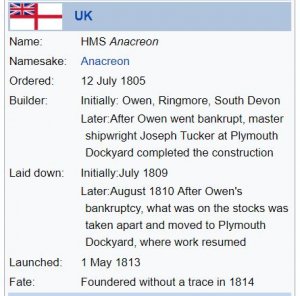
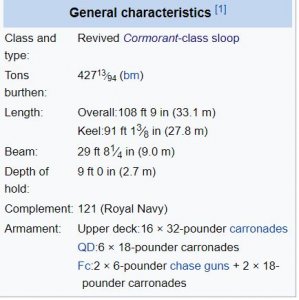
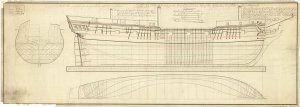

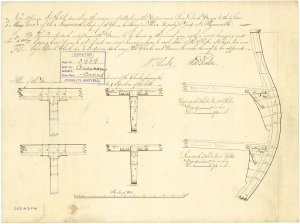

 en.wikipedia.org
en.wikipedia.org










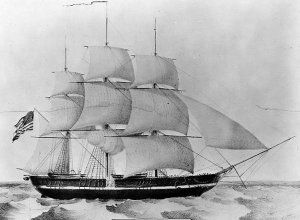
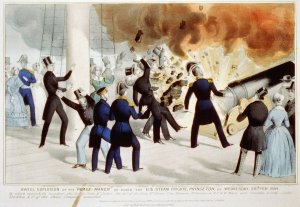

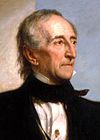

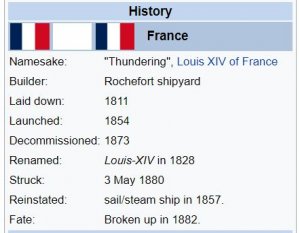
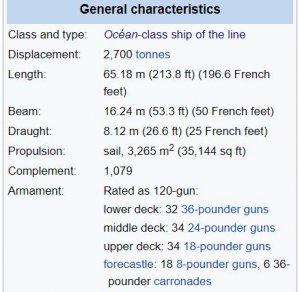
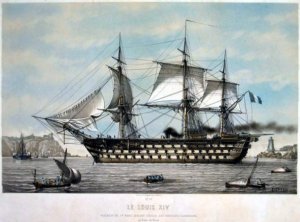
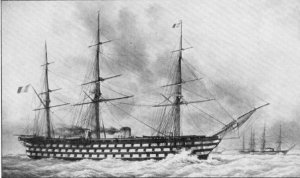
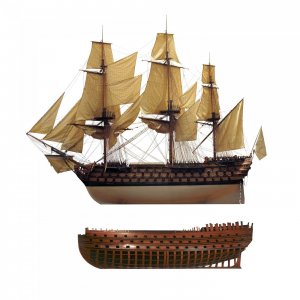
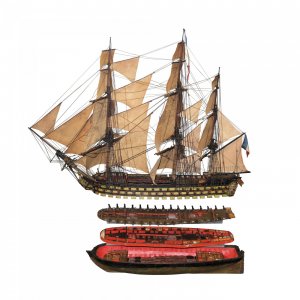
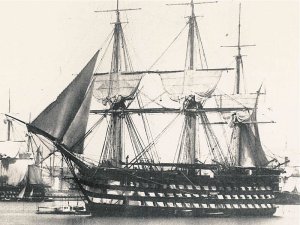


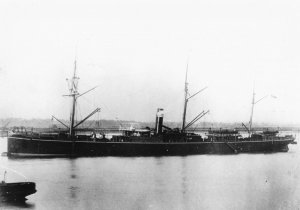
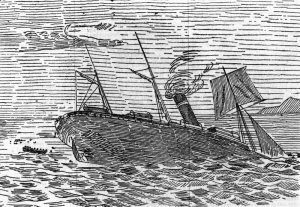
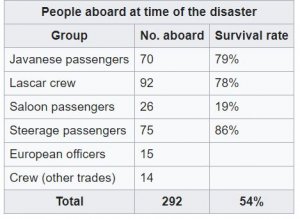
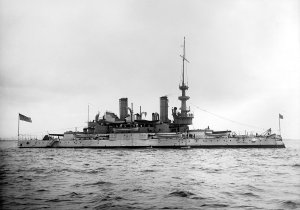
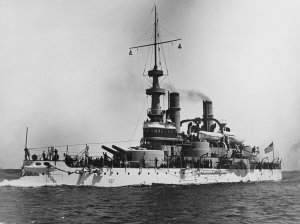
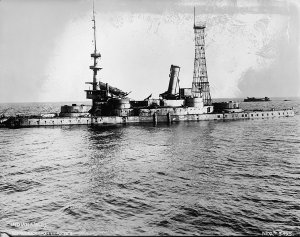
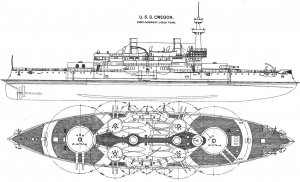



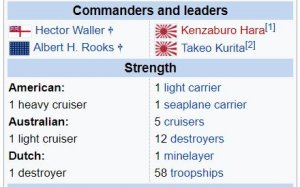
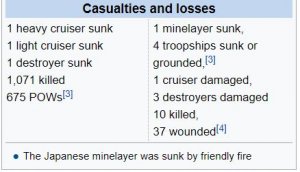

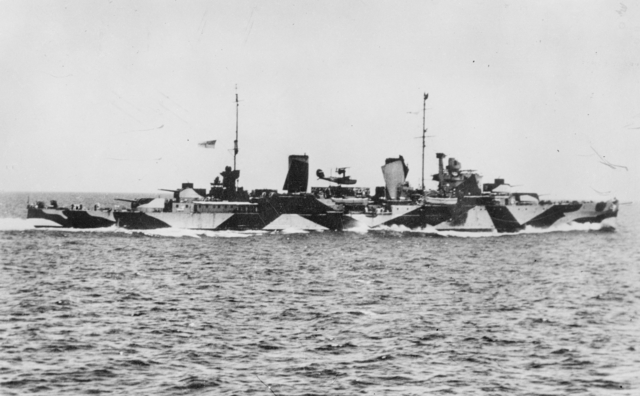

 Shipbuilding & Dry Dock Company
Shipbuilding & Dry Dock Company